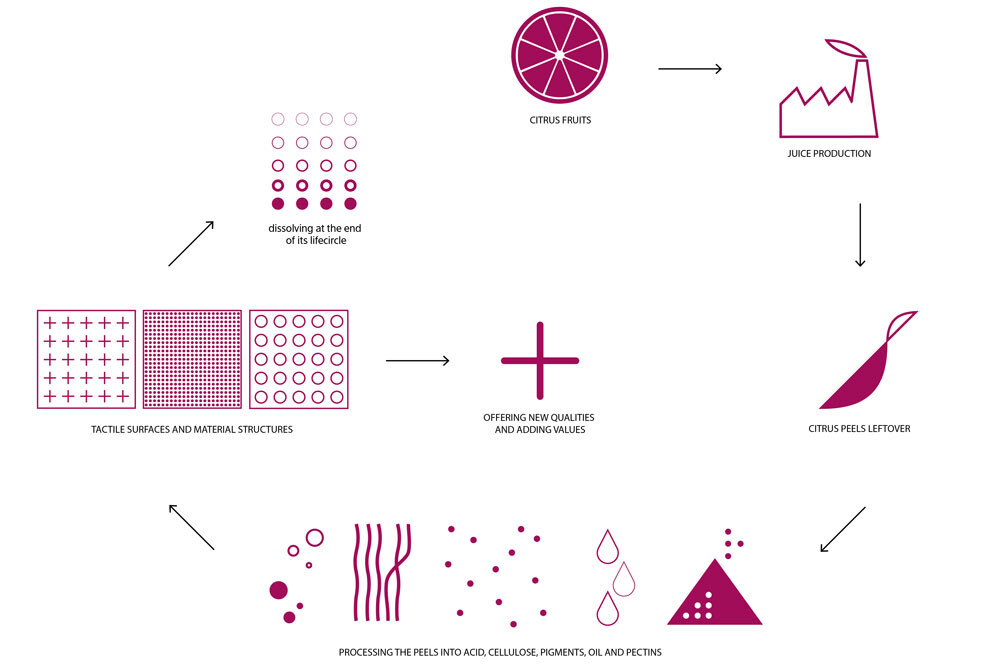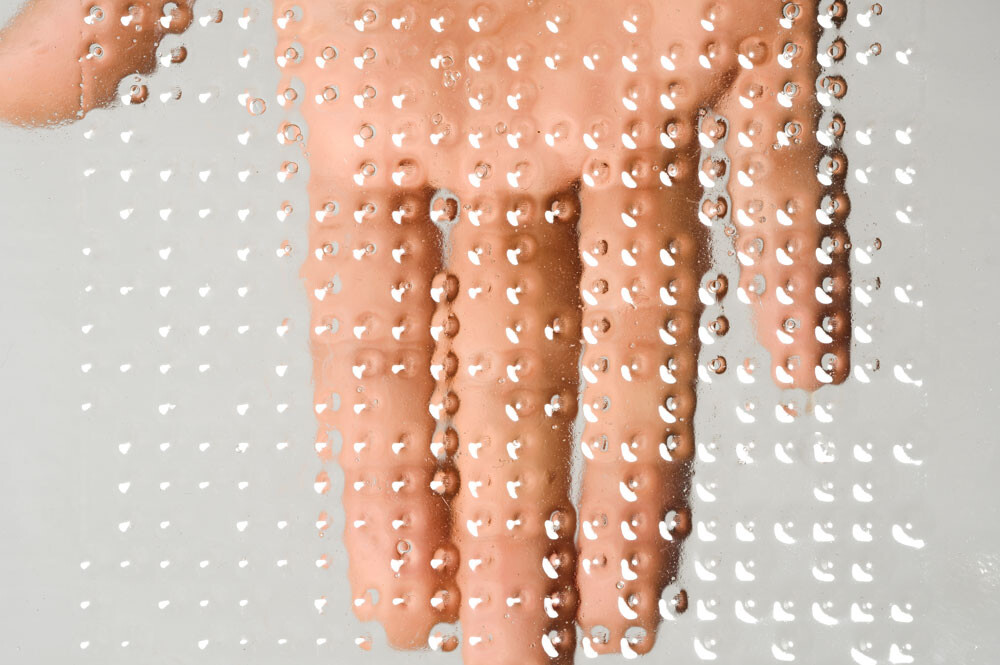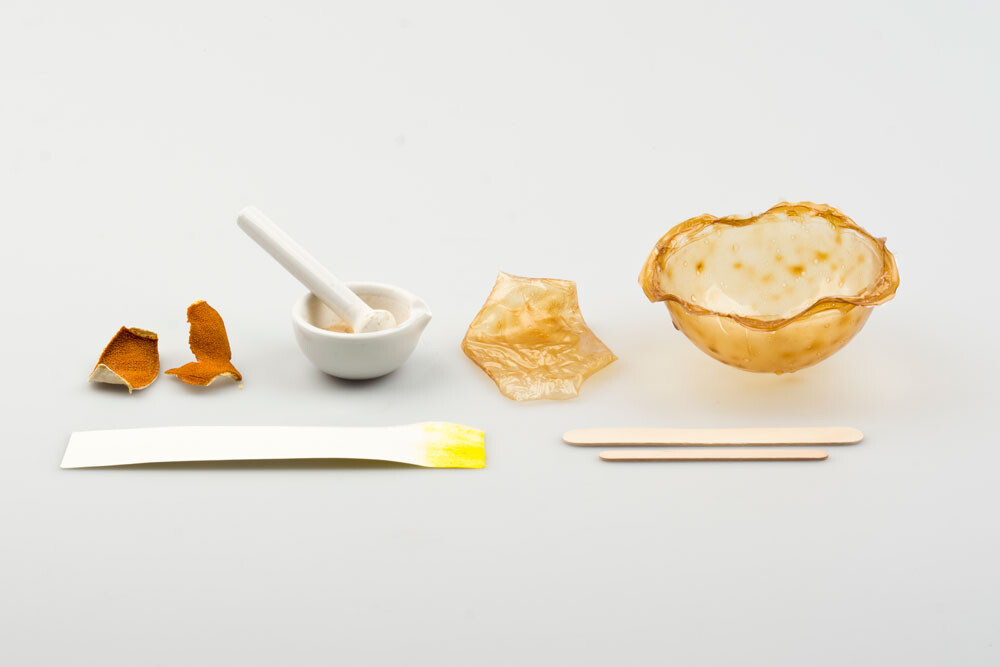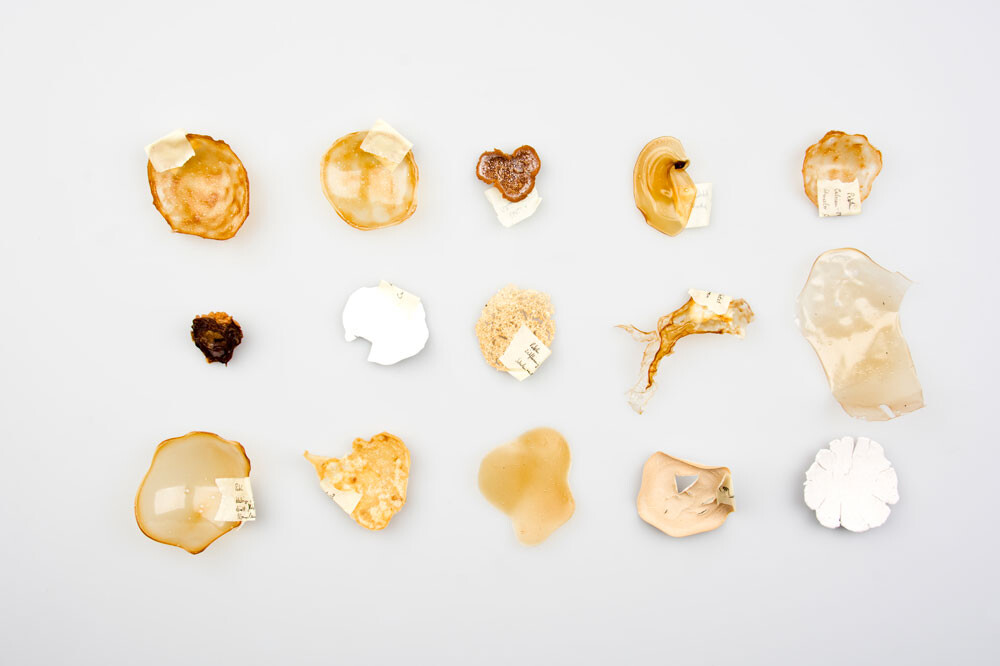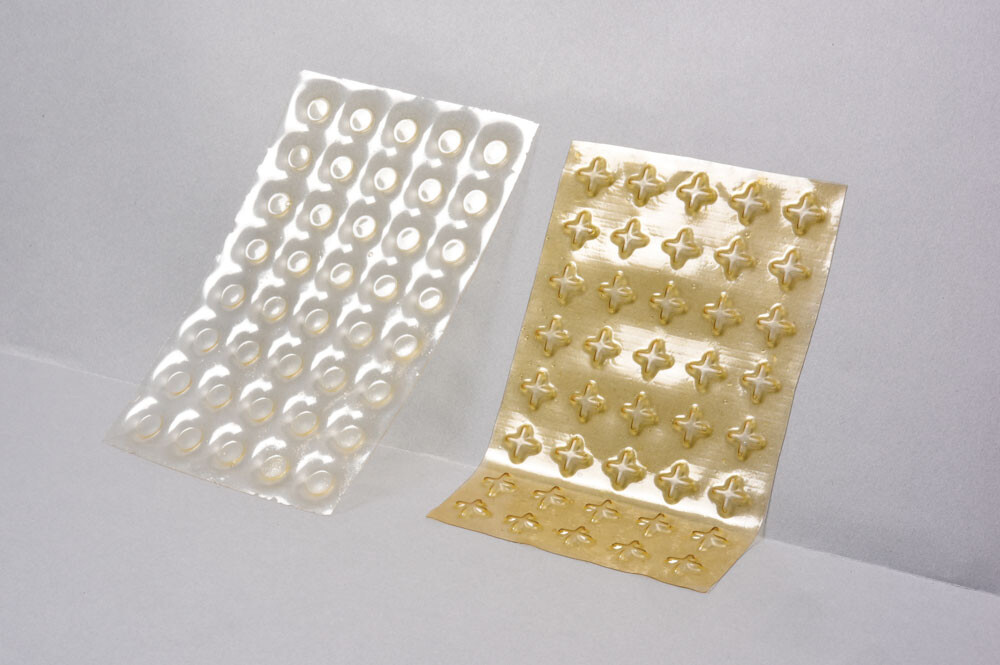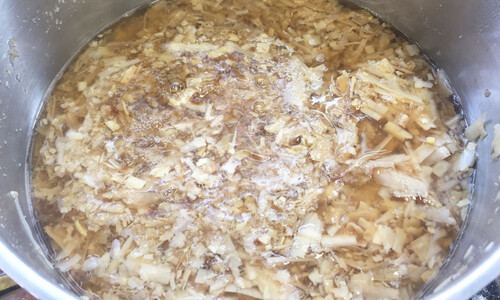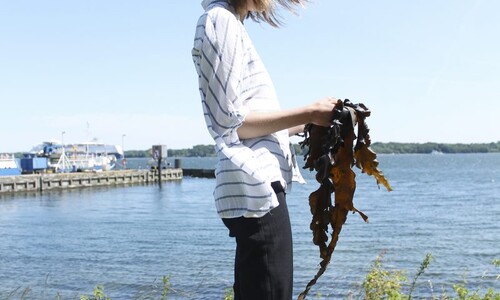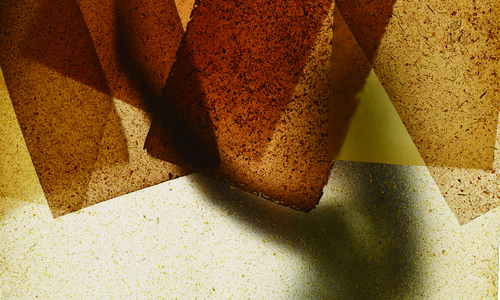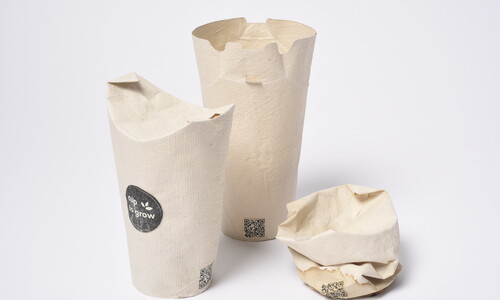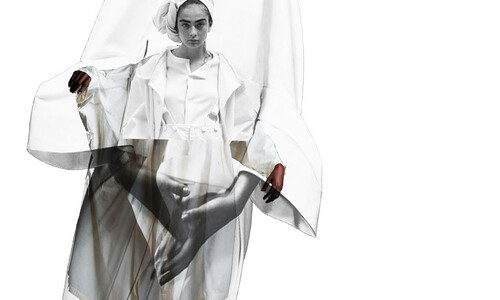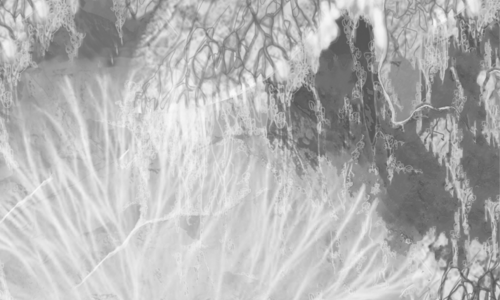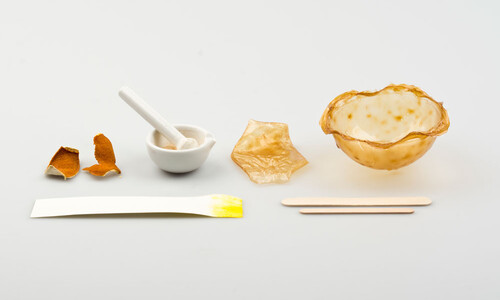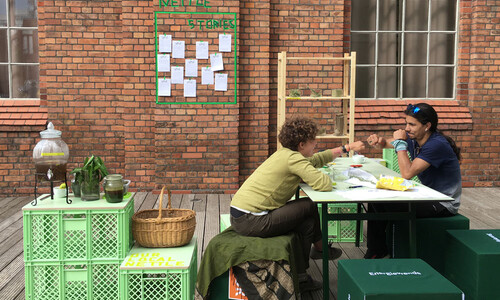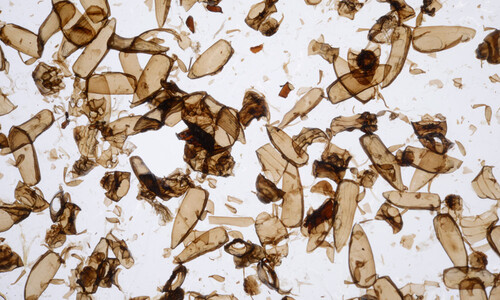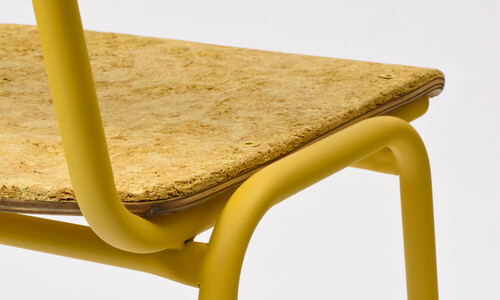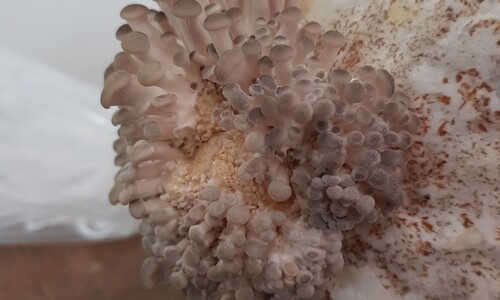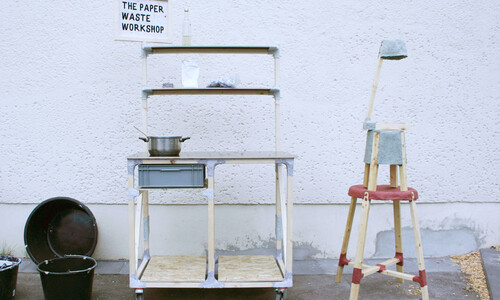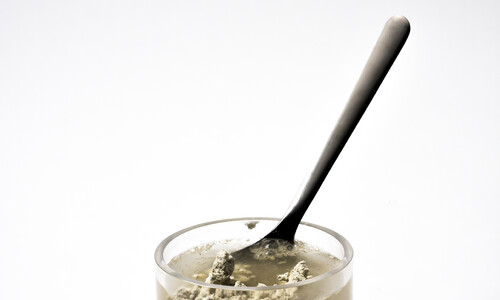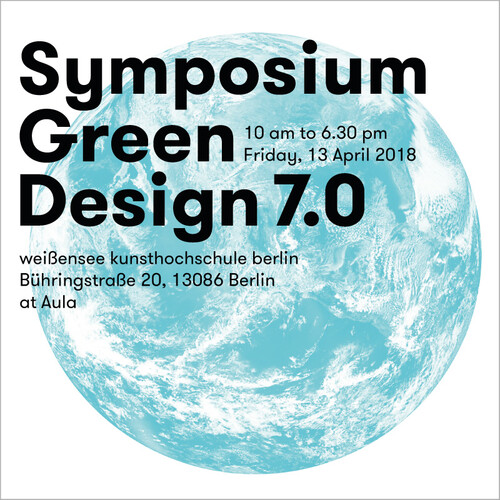Insgesamt haben Bio-Kunststoffe ein großes Potential, herkömmliche Kunststoffe zu ersetzen, wobei ihre Qualitäten vor allem in ihrer Nachhaltigkeit und biologischen Abbaubarkeit liegen, aber auch in ihrer oft speziellen, naturähnlichen Haptik. Bei aus Zitrusschalen hergestellten Bio-Kunststoffen sorgen unterschiedliche Pektine und andere Biopolymere zum Beispiel dafür, dass Folien sich vergleichsweise samtig anfühlen. Mit den in dem Projekt entwickelten Biokunststoff-Mustern werden diese Eigenschaften und Anmutungen bewusst verstärkt, etwa durch besondere Prägungen oder Perforationen. Durch das Hervorheben, normalerweise im alltäglichen verschwindender Merkmale, erzeugen diese Oberflächen eine subtile Empfindsamkeit für den Werkstoff und seine Handhabung, wobei sie dadurch, zum Beispiel in der Verwendung als Verpackungsmaterial, dem umhülltem Produkt ihre besondere Wertigkeit übertragen.
